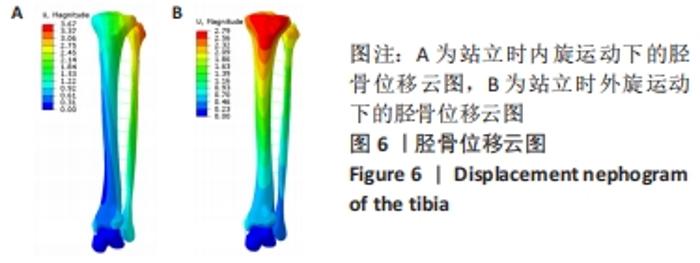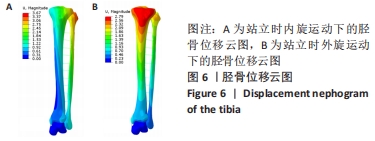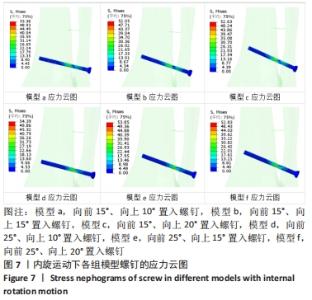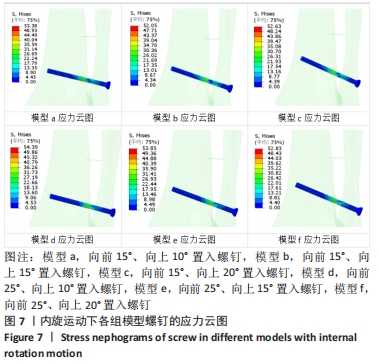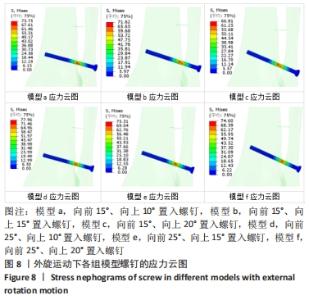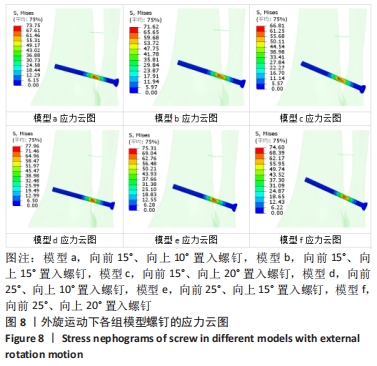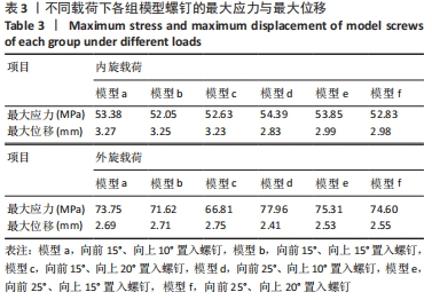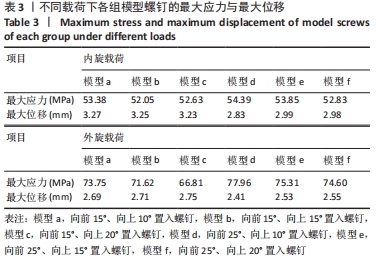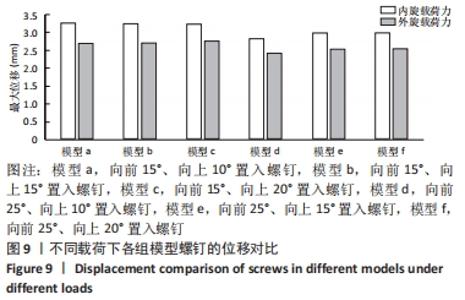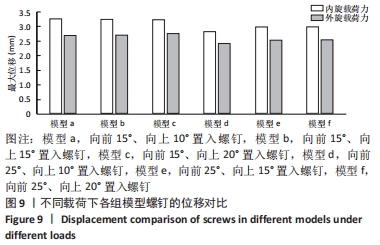[1] 吴志朋,陈鹏涛,何金山,等.下胫腓联合损伤的分型和治疗进展[J].中国骨伤,2018,31(2):190-194.
[2] VERIM O, ER MS, ALTINEL L, et al. Biomechanical evaluation of syndesmotic screw position: a finite-element analysis. J Orthop Trauma. 2014;28(4):210-215.
[3] 刘清华,余斌,李忠,等.下胫腓联合螺钉位置对踝关节应力分布影响的有限元分析[J].中华创伤骨科杂志,2013,15(9):778-783.
[4] 郭鹏超,王成伟.踝关节三维有限元生物力学研究的临床转化[J].中国组织工程研究,2014,18(31):5056-5061.
[5] 刘清华,余斌,金丹,等.解剖结构完整的踝关节有限元模型构建及意义[J].山东医药,2010,50(14):1-3.
[6] CORAZZA F, O’CONNOR JJ, LEARDINI A, et al. Ligament fibre recruitment and forces for the anterior drawer test at the human ankle joint. J Biomech. 2003;36(3):363-372.
[7] CHEUNG JT, ZHANG M, LEUNG AK, et al. Three-dimensional finite element analysis of the foot during standing--a material sensitivity study. J Biomech. 2005;38(5):1045-1054.
[8] ANDERSON DD, GOLDSWORTHY JK, SHIVANNA K, et al. Intra-articular contact stress distributions at the ankle throughout stance phase-patient-specific finite element analysis as a metric of degeneration propensity. Biomech Model Mechanobiol. 2006;5(2-3):82-89.
[9] SOWMIANARAYANAN S, CHANDRASEKARAN A, KUMAR RK. Finite element analysis of a subtrochanteric fractured femur with dynamic hip screw, dynamic condylar screw, and proximal femur nail implants--a comparative study. Proc Inst Mech Eng H. 2008;222(1):117-127.
[10] 刘清华.数字化人体足踝部三维有限元模型的建立及分析[D].广州:南方医科大学,2010.
[11] ANDERSON DD, GOLDSWORTHY JK, LI W, et al. Physical validation of a patient-specific contact finite element model of the ankle. J Biomech. 2007; 40(8):1662-1669.
[12] 贾军锋,唐承杰,乐劲涛,等.胫骨远端骨折3种不同固定方式的有限元分析[J].中国组织工程研究,2019,23(32):5188-5194.
[13] LIACOURAS PC, WAYNE JS. Computational modeling to predict mechanical function of joints: application to the lower leg with simulation of two cadaver studies. J Biomech Eng. 2007;129(6):811-817.
[14] 戴海飞,余斌,张凯瑞,等.下胫腓联合分离单螺钉固定的有限元分析[J].中国矫形外科杂志,2012,20(4):350-354.
[15] MARKOLF KL, JACKSON SR, MCALLISTER DR. Syndesmosis fixation using dual 3.5 mm and 4.5 mm screws with tricortical and quadricortical purchase: a biomechanical study. Foot Ankle Int. 2013;34(5):734-739.
[16] SCHEPERS T, VAN DER LINDEN H, VAN LIESHOUT EM, et al. Technical aspects of the syndesmotic screw and their effect on functional outcome following acute distal tibiofibular syndesmosis injury. Injury. 2014;45(4):775-779.
[17] RAMMELT S, OBRUBA P. An update on the evaluation and treatment of syndesmotic injuries. Eur J Trauma Emerg Surg. 2015;41(6):601-614.
[18] 胡长青,连勇,范虓,等.胫骨平行定位法置入下胫腓螺钉治疗下胫腓联合分离的踝关节骨折[J].中华骨科杂志,2018,38(21):1293-1300.
[19] 刘祥,俞光荣.下胫腓联合损伤诊治进展[J].中国修复重建外科杂志,2012,26(5):612-616.
[20] 蒋毅,刘磊,范勇,等.外踝骨折伴下胫腓损伤时下胫腓螺钉不同固定方式的生物力学研究[J].中华骨与关节外科杂志,2017,10(5): 422-427.
|
